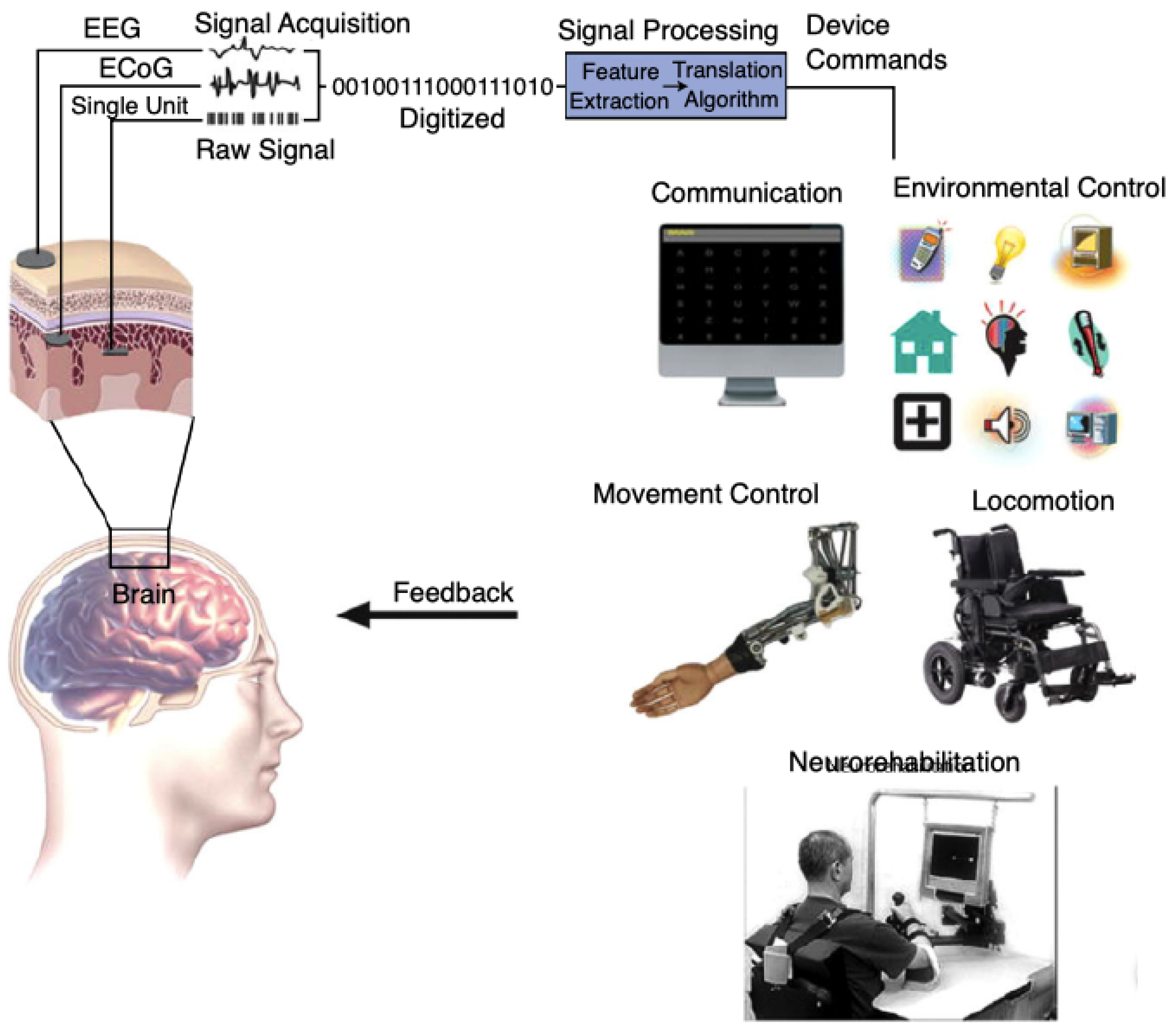Brain-Computer Interfaces: Merging Mind and Machine
 Puskar Ray
Puskar Ray
The idea of controlling technology with just your thoughts sounds like something out of a sci-fi movie. But thanks to advances in Brain-Computer Interfaces (BCIs), this once-impossible dream is becoming reality — and it could change the world in ways we’re only beginning to imagine.
What Is a Brain-Computer Interface?
A Brain-Computer Interface (BCI) is a direct communication link between the brain and an external device.
Instead of using muscles or voice commands, a BCI allows a person to control computers, prosthetics, or even wheelchairs just by thinking.
It works by:
Detecting brain signals (typically electrical activity via EEG or implanted electrodes)
Interpreting these signals through machine learning
Translating thoughts into actions on a connected device
In short: your brain sends a signal, and the machine responds.

Real-World Applications of BCIs
BCIs are already moving beyond the laboratory:
Medical Rehabilitation: Helping patients with paralysis or severe motor impairments control robotic limbs or communication devices.
Neuroprosthetics: Enabling amputees to move artificial arms with natural brain commands.
Cognitive Enhancement: Researchers are exploring BCIs to boost memory, focus, and learning ability.
Mental Health Monitoring: BCIs can track brain activity patterns linked to depression or PTSD, opening new doors for therapy.
Companies like Neuralink, Synchron, and research centers worldwide are racing to bring more sophisticated BCIs into everyday life.

How BCIs Work: A Quick Look
BCIs come in two main types:
Non-invasive BCIs: Devices like EEG headsets that record brain waves through the scalp.
Invasive BCIs: Tiny electrode arrays implanted directly into the brain for much higher resolution and accuracy.
Non-invasive systems are safer and easier to deploy, while invasive systems promise finer control and faster responses — but with higher medical risk.
The data collected is processed through algorithms that "learn" how specific brain signals relate to intended actions, like moving a cursor or selecting a letter.

Challenges Ahead
As exciting as BCIs are, there are big hurdles to overcome:
Signal Noise: Brain signals are tiny and easily drowned out by interference.
Ethical Concerns: Privacy issues arise when machines can potentially "read" our thoughts.
Surgical Risks: Implantable BCIs involve invasive brain surgery, which comes with significant risks.
Accessibility: High costs could limit who benefits from BCI technology.
Scientists, ethicists, and policymakers must work together to ensure that BCIs are safe, ethical, and inclusive.

The Future of Brain-Computer Interfaces
The future of BCIs could be extraordinary:
Restoring lost senses (like vision or hearing)
Revolutionizing education and communication
Opening new forms of human-machine collaboration
Imagine typing emails at the speed of thought, playing video games with your mind, or restoring full mobility to people with spinal cord injuries.
While there’s still a long road ahead, BCIs hint at a future where the boundary between mind and machine blurs, unlocking human potential in ways we’ve never seen before.
Subscribe to my newsletter
Read articles from Puskar Ray directly inside your inbox. Subscribe to the newsletter, and don't miss out.
Written by
